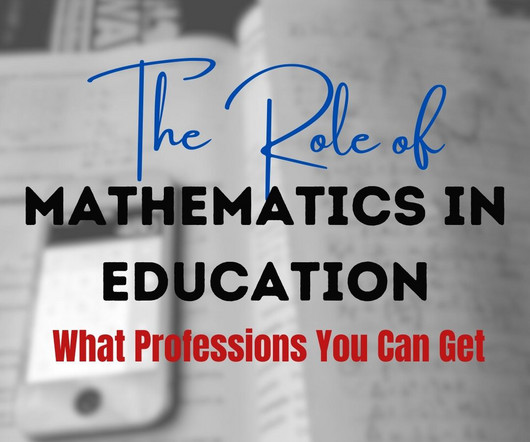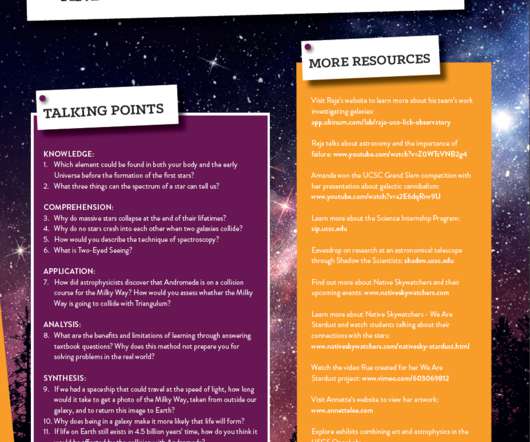The Role of Mathematics in Education
Ask a Tech Teacher
FEBRUARY 20, 2024
The Role of Mathematics in Education: What Professions You Can Get in the Future Have you ever found yourself pondering the real-world applications of those algebraic formulas or geometric theorems you spent hours trying to decipher in school? It teaches us problem-solving skills, logical reasoning, and the ability to think abstractly.












Let's personalize your content